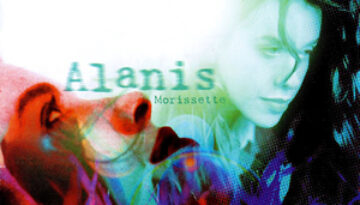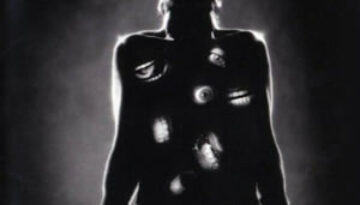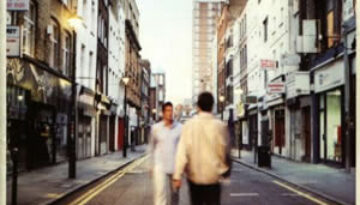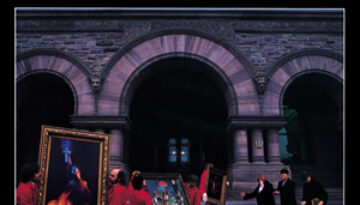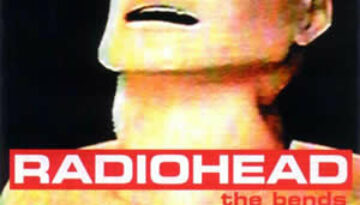Jagged Little Pill
by Alanis Morissette
Buy Jagged Little Pill Jagged Little Pill is one of the most indelible albums to emerge from the decade of the 1990s. This third overall studio release by Canadian Alanis Morissette was her […]

